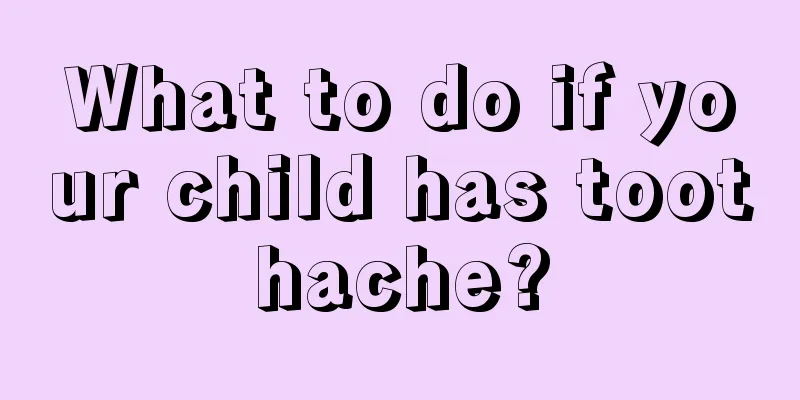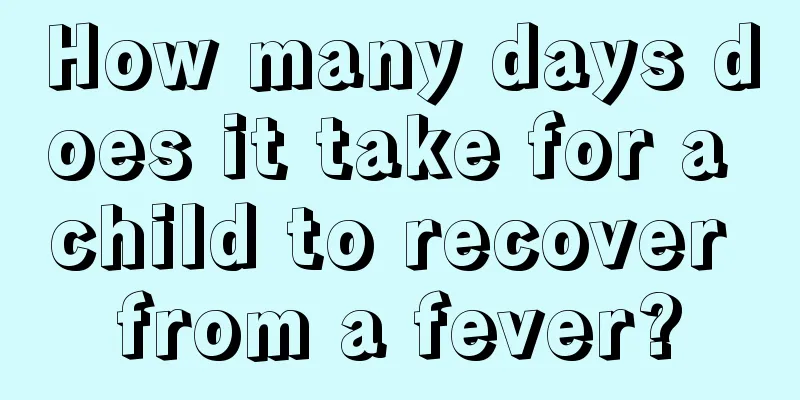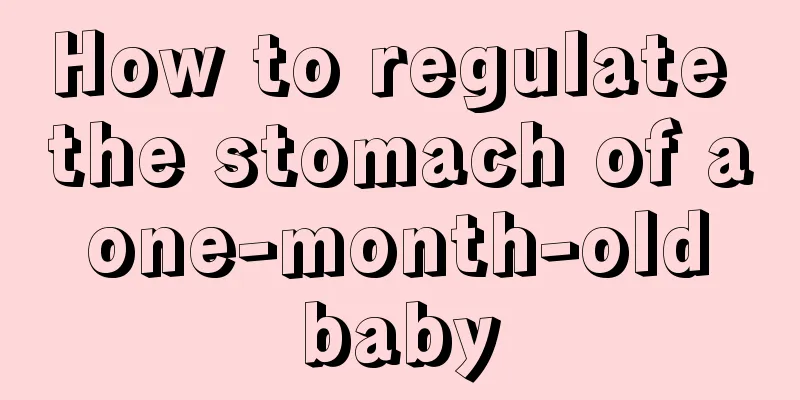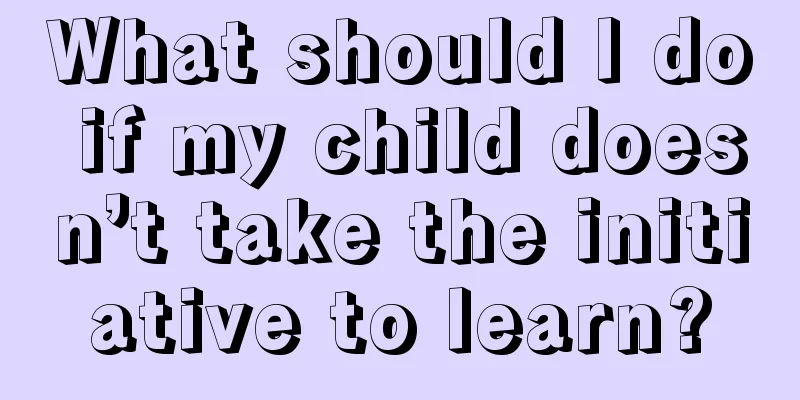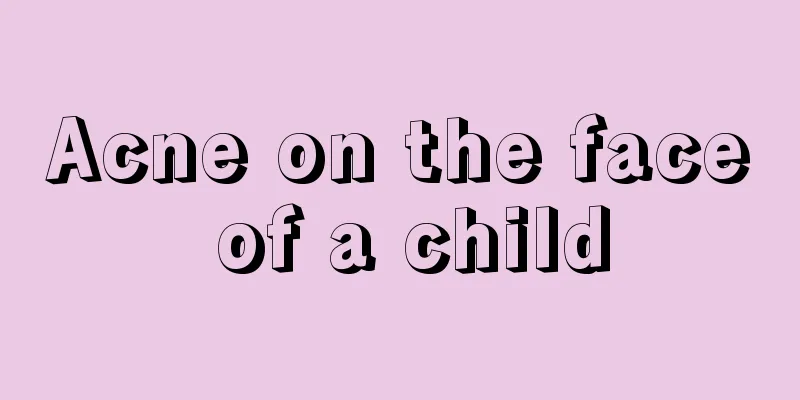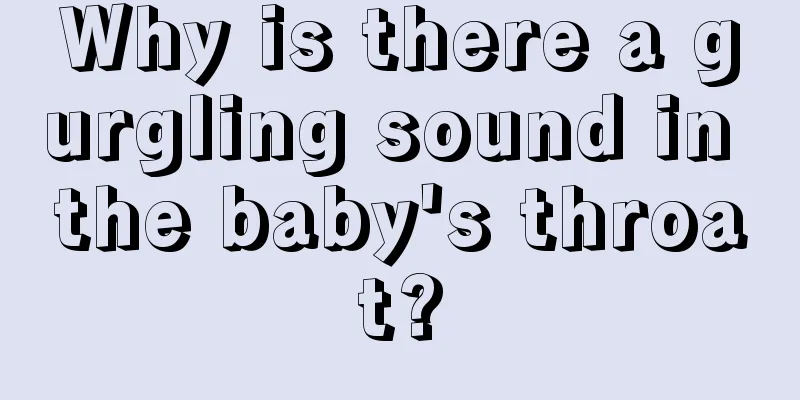How to determine if water has entered a baby’s ears and what to do?
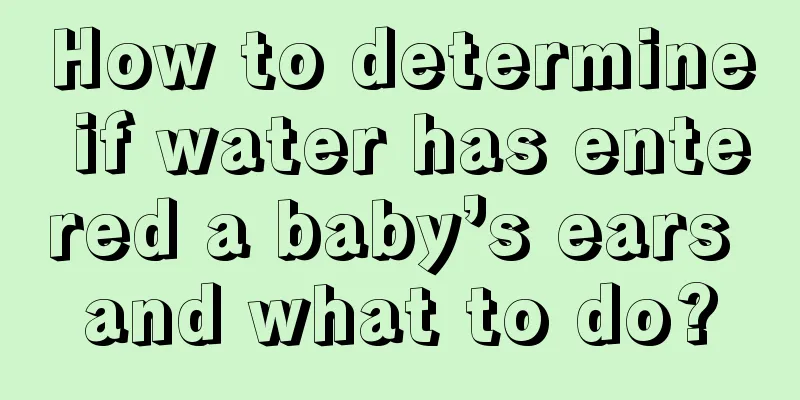
|
Taking care of a baby is a technical job. If you are not careful, it is easy to cause some harm to the baby. For example, bathing a baby is an activity that requires high caution, because most babies will experience symptoms of water entering the ears, and it is very difficult for parents to discover it, resulting in serious sequelae. Let’s take a look at how to determine if water has entered the baby’s ears and how to deal with it? When water or tears flow into the baby's ears, the baby's head should be tilted toward the side where the water enters, and the water should be gently absorbed with a sterilized cotton ball (stick) and wiped clean. Generally, cotton swabs can only wipe the outer periphery of the ear. Be careful and gentle when doing these actions to avoid injuring the eardrum. If water enters the ears during swimming or bathing, it will be discharged on its own in most cases. Once there is water accumulation in the inner ear, go to the hospital immediately for specialized treatment. The longer children play in the water, the easier it is for water to enter their ear canals. If bacteria take the opportunity to enter and multiply in the ear canals, it can easily cause inflammation. The most obvious symptoms of this disease are red, swollen earlobes that are painful to the touch and pain on the inside of the ear. Treatment Over-the-counter antibacterial ear drops can reduce inflammation. At the same time, to relieve pain, you can apply dry hot compress to the affected area of the ear, or you can give your child painkillers. How to protect children's ears? If your child is prone to ear infections, parents should limit each swimming session to less than one hour. In addition, children should wear earplugs when swimming, and dry their ears with medical cotton balls immediately after swimming. Try not to use cotton swabs, as their hard tips can easily slip into the inner ear canal and even puncture the eardrum. When should you seek medical attention immediately? If your child has ear pain but the symptoms do not seem to be caused by water in the ear, you should take your child to the hospital for diagnosis as soon as possible. If an inner ear infection is confirmed, it must be treated with oral antibiotics. Dear, if you haven't found any symptoms in your baby for more than 20 days, then there should be no problem. |
<<: How to deal with heat rash in children?
>>: What are some tips for preventing motion sickness in children?
Recommend
What is the reason for the child's repeated high fever?
Because the baby's body is not fully develope...
What medicine should children take for cold and cough
Babies are very likely to develop coughing sympto...
Why do children love to spit?
Many parents will discipline their children and t...
What causes nosebleed in children?
We must pay a lot of attention to the issue of wh...
What to do if your child has a fever of 39 degrees
Colds and fevers are the most common diseases amo...
What causes blue stool in baby?
When some mothers see their baby's stool is b...
10 Foods That Can Cause Choking in Children
Choking is listed as one of the leading causes of...
Reasons why children keep clearing their throats
Children's physical health is what parents ca...
What are the symptoms of chronic pharyngitis in babies?
When we suffer from pharyngitis, our throat will ...
What to do if children's hands peel
As we all know, children are the group that carri...
How to deal with mites bites
Mites are everywhere in people's lives. Mites...
What should I do if my baby has a runny nose or rhinitis?
It is also a disease that causes a lot of trouble...
What size bottle should a newborn use?
Newborns sometimes use bottles. When you buy bott...
Why is my baby’s hair yellow? Tell you the most comprehensive reason
Some parents find that their children's hair ...
Is it effective to enhance immunity when the baby has a fever?
It is common for babies to have a fever. Fever ca...


